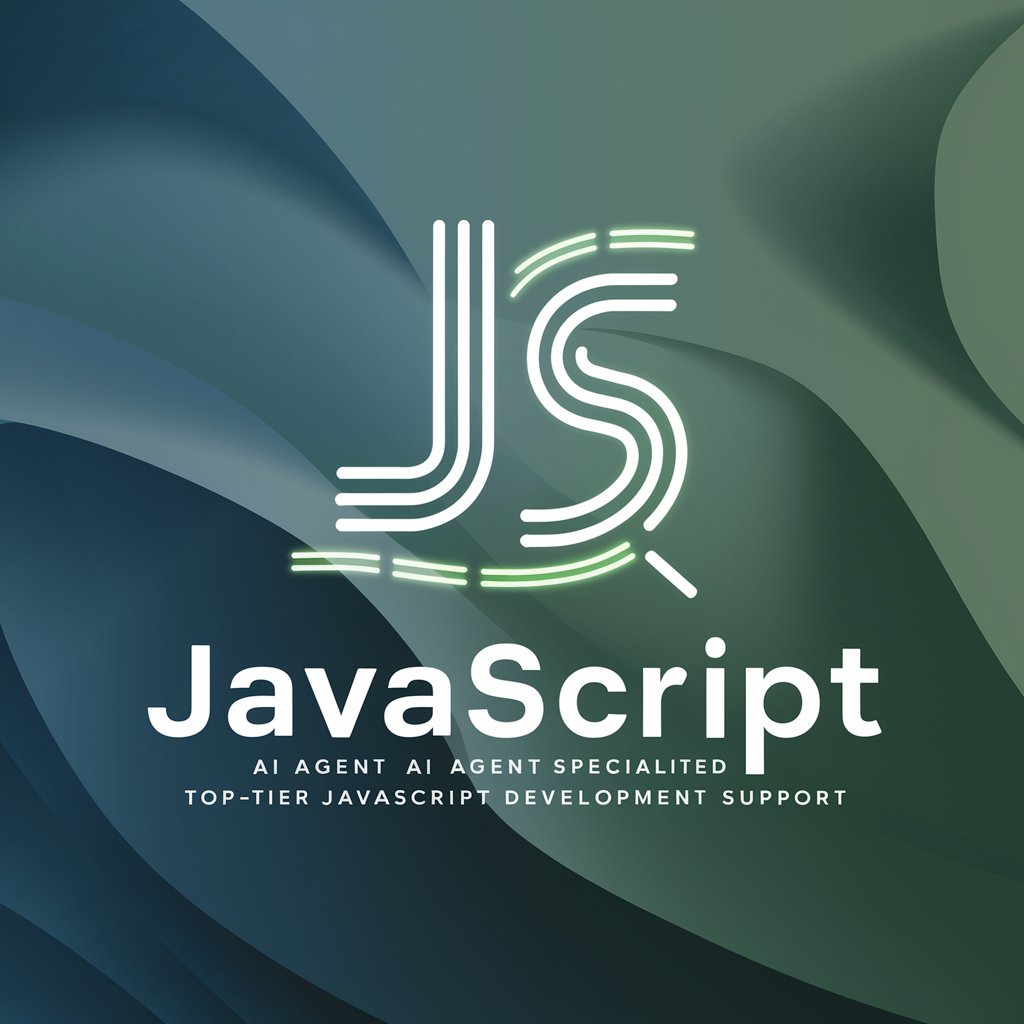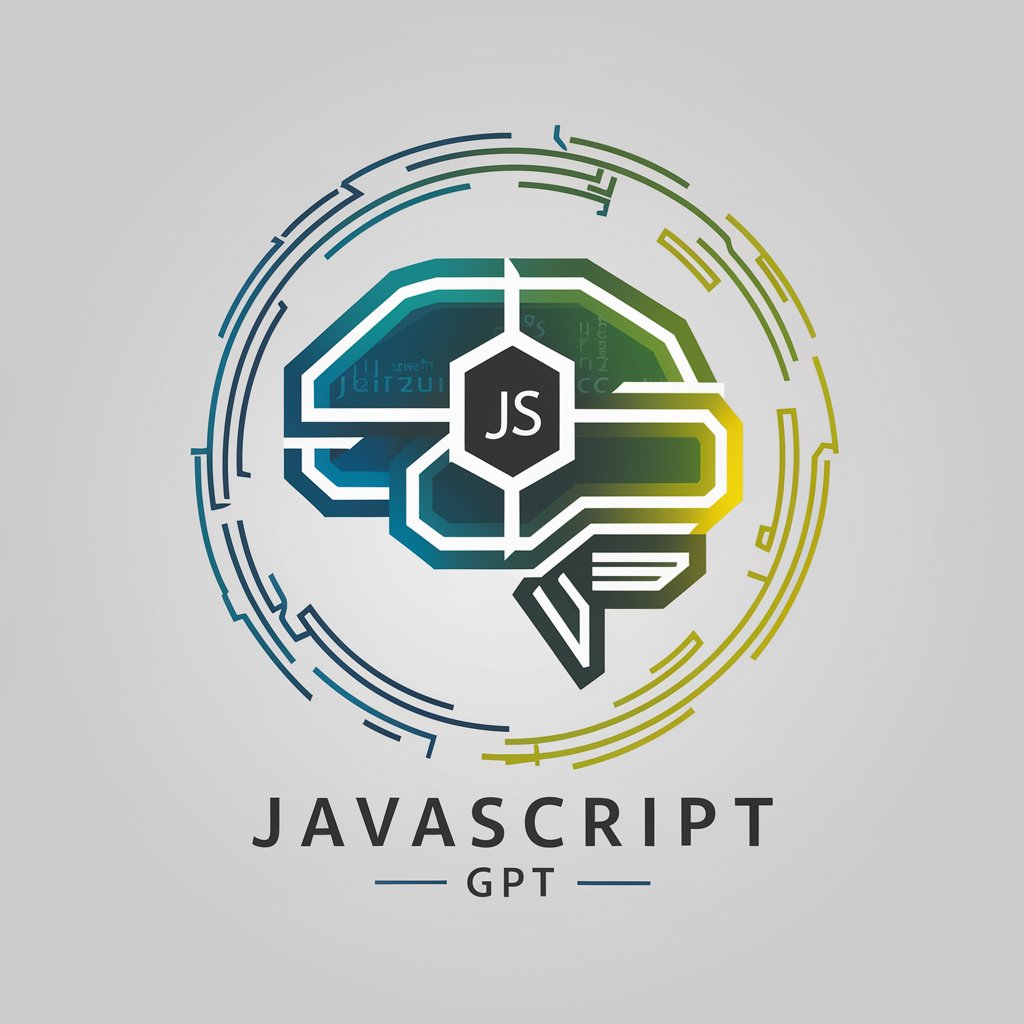
JavaScript Power for Real-Time Apps - Real-Time Communication
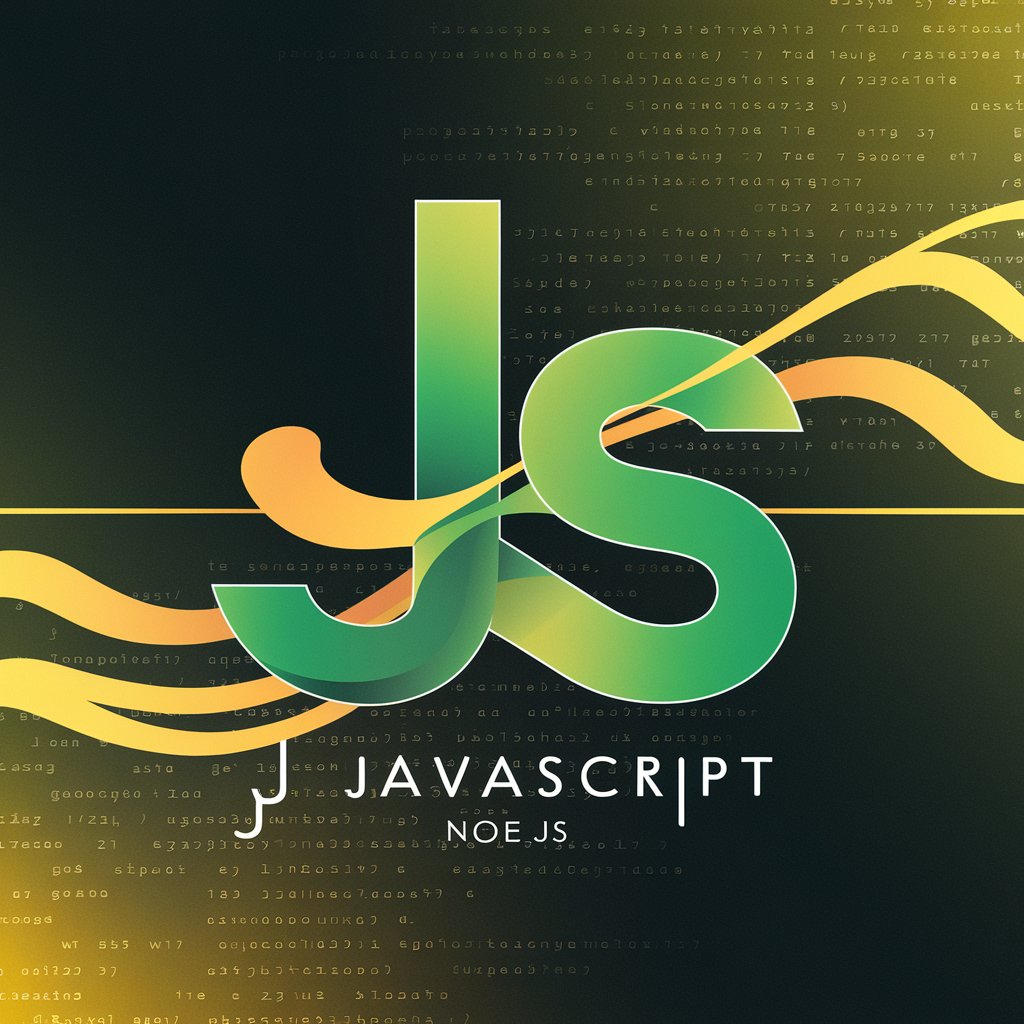
Hi! Ready to build some real-time apps with JavaScript?
Elevate interactivity with AI-powered real-time apps.
How do I set up a Node.js server for real-time communication?
Can you guide me through implementing web sockets in a chat application?
What's the best way to structure a database for storing chat messages?
What are some security best practices for a real-time Node.js application?
Get Embed Code
Overview of JavaScript Power for Real-Time Apps
JavaScript Power for Real-Time Apps is a specialized service designed to empower developers to build highly interactive, real-time applications using JavaScript. This service focuses on leveraging the full potential of JavaScript, both on the client and server side, to create seamless, efficient, and scalable web applications. Key areas of expertise include Node.js for server-side operations, web sockets for real-time communication, robust database management for data persistence, and front-end frameworks to craft intuitive user interfaces. An example scenario where these aspects come together is in the development of a real-time chat application. In this scenario, Node.js establishes a back-end server, web sockets facilitate live message exchange, a database manages chat history, and a front-end framework ensures a responsive, user-friendly interface. Powered by ChatGPT-4o。

Core Functions and Real-World Applications
Real-time communication via Web Sockets
Example
Implementing a live chat feature in an e-commerce website.
Scenario
Enables customer service representatives and customers to communicate instantly, enhancing the shopping experience and providing immediate support.
Server-side development with Node.js
Example
Creating a scalable API for a mobile application.
Scenario
Facilitates efficient handling of requests and responses between the mobile users and the server, ensuring fast data retrieval and submission for a smooth user experience.
Database management
Example
Designing a schema for user profiles in a social networking application.
Scenario
Allows for the secure and efficient storage of user data, enabling features like user search, profile customization, and friend management.
Front-end framework integration
Example
Building a dashboard for real-time analytics.
Scenario
Employs frameworks like React or Vue.js to create dynamic, updateable interfaces that display data analytics in real-time, aiding in immediate decision-making.
Target User Groups
Web developers
Individuals or teams looking to build or enhance web applications with real-time functionality, such as chat apps, live notifications, or real-time analytics. They benefit from comprehensive guidance on implementing real-time communication, scalable server setups, and dynamic user interfaces.
Startup companies
Startups aiming to quickly develop and deploy interactive, real-time applications to capture market interest. They require efficient, scalable solutions that can grow with their user base, making JavaScript Power for Real-Time Apps ideal for their needs.
Educational institutions
Schools and universities looking to integrate real-time collaboration tools into their e-learning platforms, enabling students and teachers to interact dynamically. The service offers solutions to create such engaging learning environments.

How to Use JavaScript Power for Real-Time Apps
Start with a Free Trial
Initiate your journey by visiting yeschat.ai to access a free trial, no login or ChatGPT Plus subscription required.
Explore Documentation
Dive into the comprehensive documentation to familiarize yourself with the core concepts, APIs, and features available for building real-time applications.
Set Up Your Development Environment
Ensure Node.js is installed on your machine. Choose your front-end framework (React, Angular, Vue) and set up your development environment accordingly.
Implement Web Sockets
Leverage web sockets to enable real-time bidirectional communication between your server and clients, using libraries like Socket.IO for Node.js.
Deploy and Test
Deploy your application to a server. Test the real-time capabilities extensively across different devices to ensure a seamless user experience.
Try other advanced and practical GPTs
JavaScript to TypeScript Shift: Elevate Your Code
Elevate your code with AI-powered TypeScript conversion.
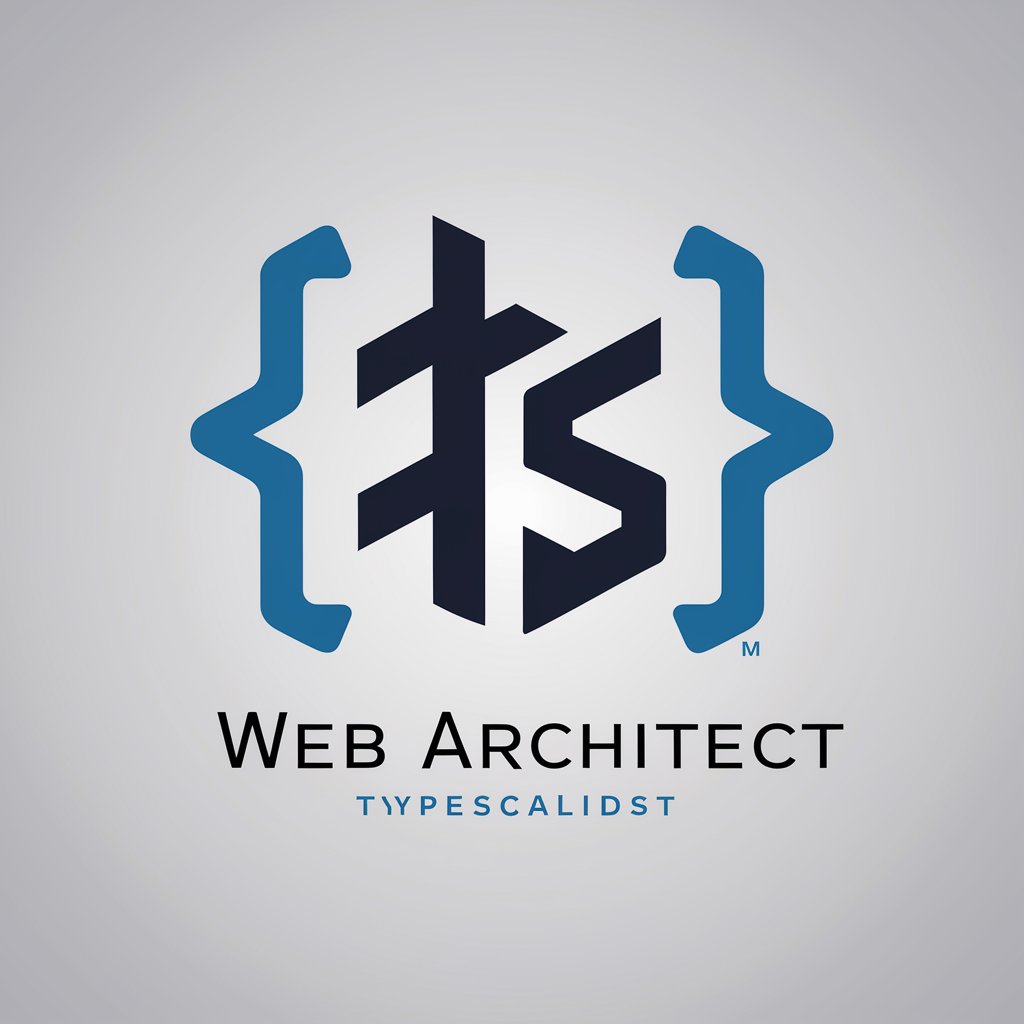
Senior Dev Mentor
Empowering Developers with AI Mentorship

GoS1
Empowering Green Streaming with AI

JavaScript for Universal Web Accessibility
Empowering Accessible Web Experiences with AI
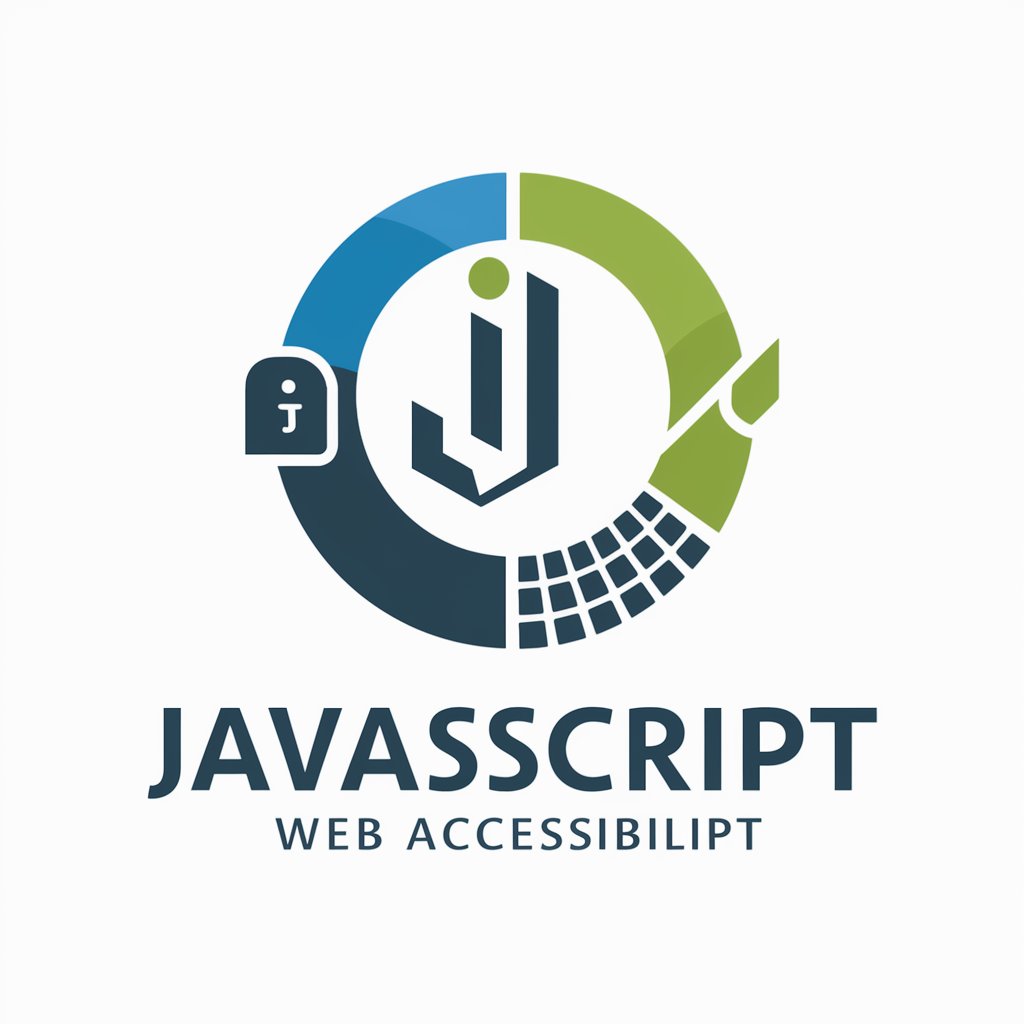
JavaScript ARIA Techniques for Web Accessibility
Empower web accessibility with AI

AccessiBot - Web Accessibility - WCAG, ADA, AODA
Empowering digital inclusion with AI
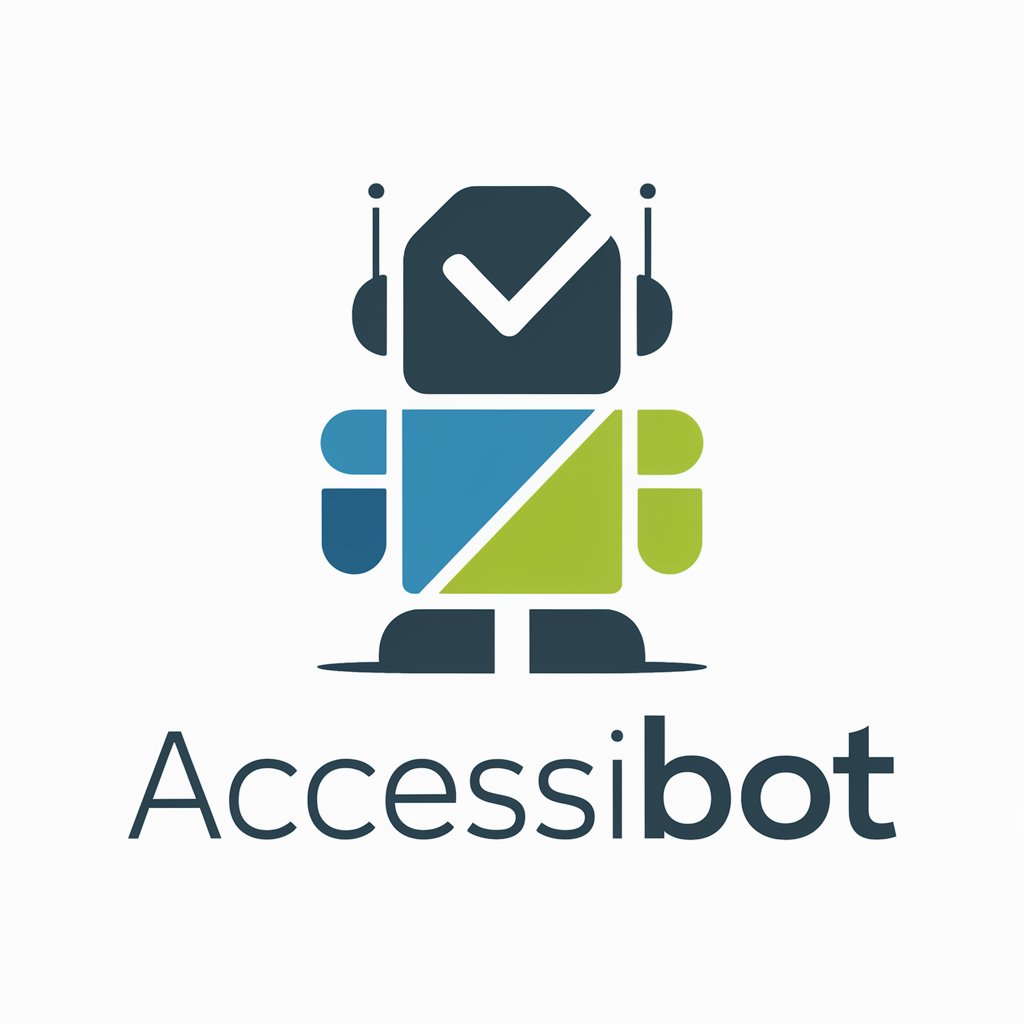
🎯 Cross-Compiling Mastery with CMake
Master cross-platform builds with AI

🖥️ AutoIt Web Form Data Entry
Transform data entry with AI-driven automation
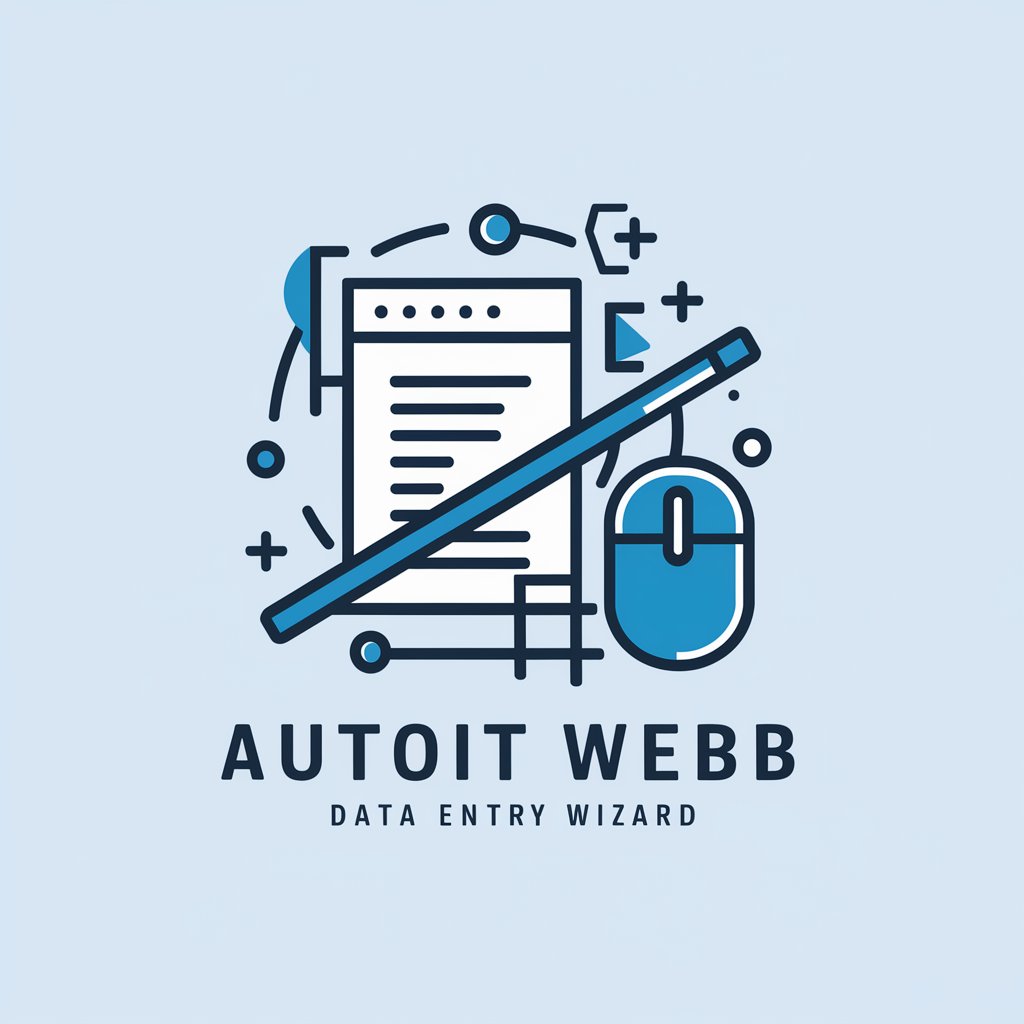
🤖 AutoHotkey Form Filler
Streamline web forms with AI-powered automation.

JavaScript Journeys: Crafting Custom Plugins
Craft dynamic web enhancements effortlessly.

HTMX and Tailwind UI/UX builder
Craft dynamic, responsive websites with AI-powered efficiency.

SafeGuardian AI
AI-Driven Emergency Preparedness

Frequently Asked Questions about JavaScript Power for Real-Time Apps
What makes JavaScript ideal for real-time applications?
JavaScript, with its asynchronous nature and event-driven model, is inherently suited for real-time applications. The non-blocking I/O model of Node.js, in particular, allows for efficient data processing and communication.
Can I use any database with JavaScript real-time apps?
Yes, you can integrate various databases, including SQL (like PostgreSQL, MySQL) and NoSQL (like MongoDB, Redis), depending on your application's data storage and retrieval needs.
How do I handle security in real-time JavaScript applications?
Implementing security measures such as HTTPS, JWT for authentication, sanitizing user input to prevent XSS attacks, and using secure WebSocket connections is crucial.
Is it possible to scale real-time apps built with JavaScript?
Absolutely. Using load balancers, horizontal scaling, and optimizing your code and database queries can help manage increased loads and maintain performance.
What are the challenges in developing real-time apps with JavaScript?
Challenges include managing real-time data synchronization across clients, ensuring scalability, handling connection drops and reconnections, and optimizing resource usage for speed and efficiency.
